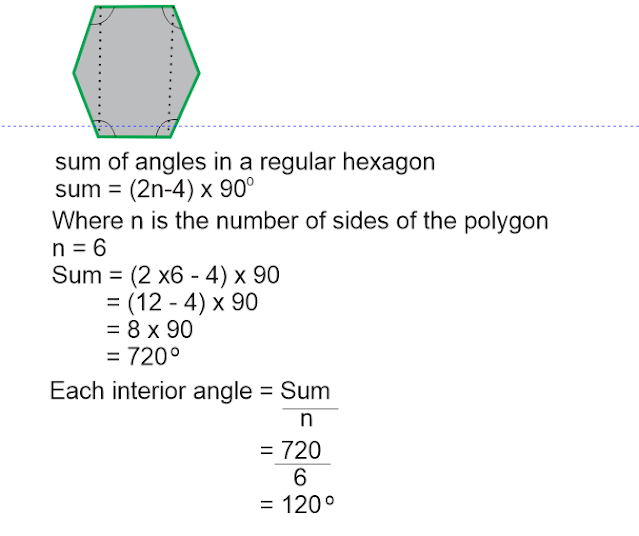How to calculate the volume of a regular hexagonal nut
Calculate the volume of a regular hexagonal nut of side 1cm and length 3cm with a central hole of diameter 1cm. Ignore the thread and give your answer to 3 significant figures.
Solution
To solve any problem in mathematics you have to read and understand the problem you are to solve, especially word problem related questions. Failure to carefully read the question might lead to wrong interpretation of the problem and the result of it will be wrong solution to the problem. All problems on this platform have been carefully solved and prepared. If you are a student looking for solutions to your assignments then you are at the right place. If you are an upcoming teacher looking for solution to a challenging question then you are also at the right place.
You can as well contribute to the growth of this platform by sending questions and answers using the comment box. Ensure that questions and answers sent are correct as wrong answers to questions can be misleading. Let us together make math fun for student to learn. Don't just copy solved problem here, learn them send your questions and contribution using the comment box
Don't fail to tell a friend. Make learning of math fun for them.








Comments
Post a Comment